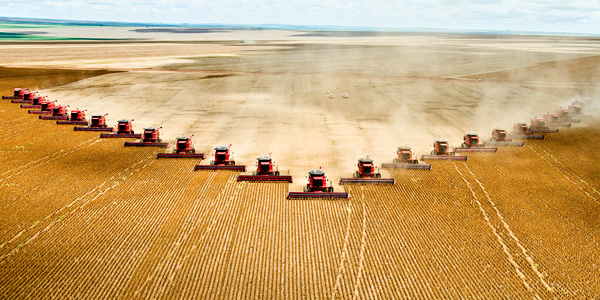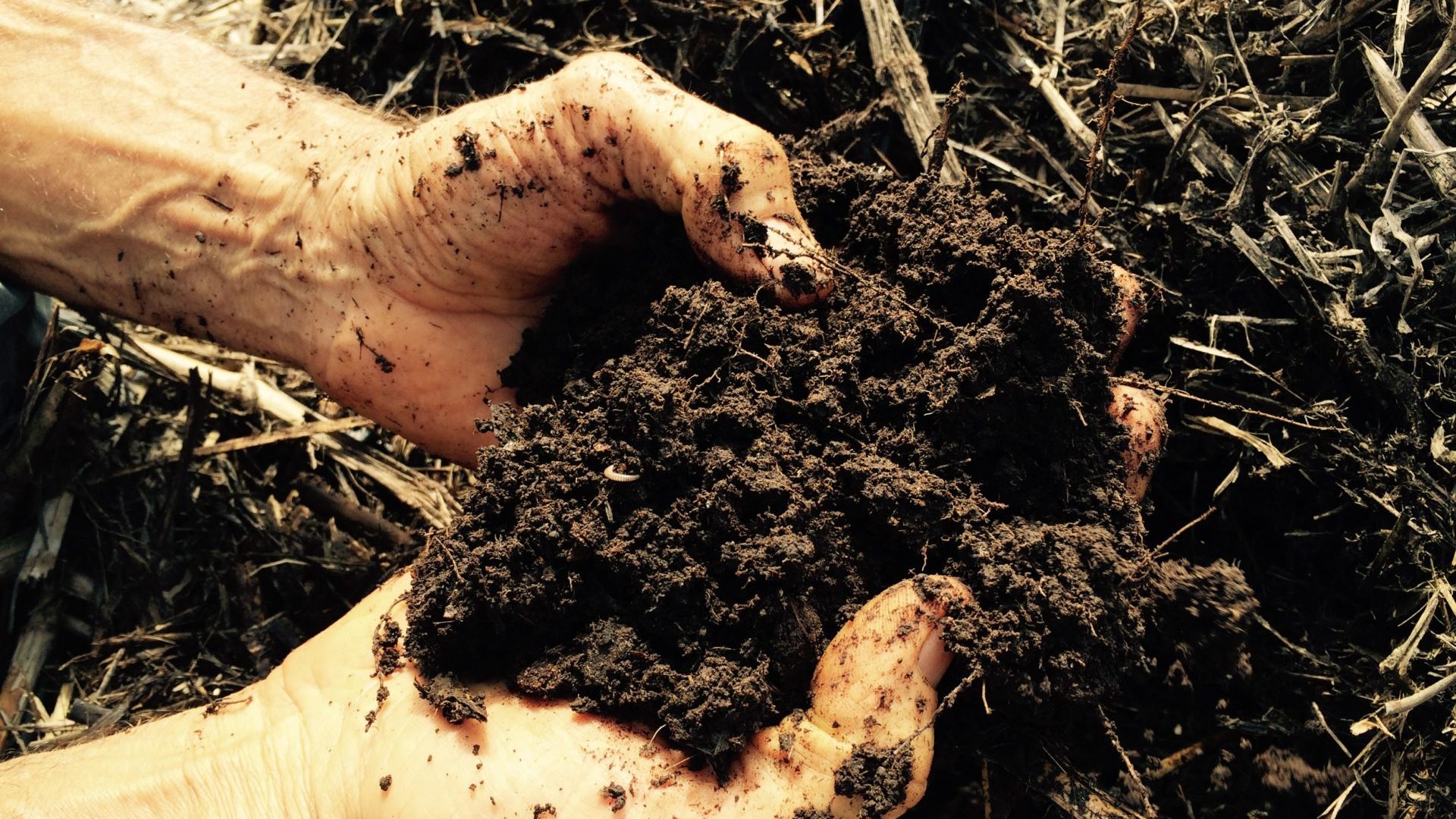Modern agriculture has been a major contributor to global warming. Scientists estimate that up to 20% of the harmful carbon emissions are due to agriculture practices. Agriculture does not have carbon protocols in place right now to create tradable carbon and every acre of conventional agriculture accelerates this warming planet issue.
Scientists have estimated that we need to get the atmospheric carbon levels from 400 ppm of carbon dioxide back to 350 ppm in order to avoid catastrophic climate change. Lowering emissions is simply not enough. At 400 ppm, the planet will keep warming. A warming planet will generate additional natural carbon dioxide (e.g. tundra unfreezing, increased forest fires) that will trigger even more carbon to be released. The only way to stop the rise in global temperatures is to take carbon out of the atmosphere and store it somewhere. Specifically, to take 50ppm out of the atmosphere we would need to store approximately 100 gigatons (1 gigaton = 1 billion metric tons) of carbon. Unfortunately, oceans comprise 70% of the planet. They are not an appropriate place to store more carbon for carbon dioxide dissolves in water, forming carbonic acid which is harmful to many forms of sea life. We must solve the problem with the 30% of the planet that is land.
Fortunately, healthy soil can effectively store carbon. However, the scale of what needs to be done is intimidating. The reality is that the task is to replace what used to be here. In fact, since the industrial revolution, land clearing and cultivation has released 136 gigatons of carbon. Clearly, the soil can store the amount needed to get the atmosphere to the critical 350 ppm level. But how? The agenda that should be facing humanity is to figure out what practices are needed to attract, build, and retain carbon in the soil. If the human race wants to survive on a planet that looks similar to what it is today, there really is no alternative.


